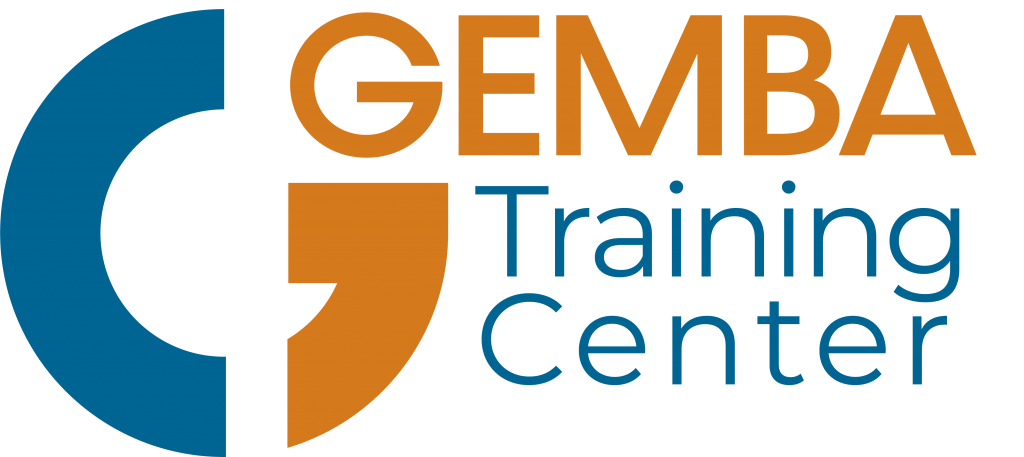Overview – TMP
TPM is a innovative Japanese concept which has an origin back to 1951. The first company that introduce plant wide preventive maintenance in 1960 is Nippondenso.
Total Productive Maintenance is a Lean Manufacturing Technique used to systematically sustain production continuity. Focusing to increase the efficiency and stability of machinery, equipment, processes and employees, the TPM aims to add company profitability and value.
TPM focuses on equipment at maximum performance according to the highest level of condition and reducing losses due to breakdowns. TPM performance is tracked with the OEE (Overall Equipment Effectiveness) trend. The goal of the TPM Course is to train leaders who can manage the integration of this system in the company.
Content
- Lean management principles
- 7 Waste (muda)
- Lean organization
- VAA / NVAA, Value stream
- TEEP/OAE/OEE
- History and origins of TPM
- 5S – Visual management
- Planned maintenance
- Predictive maintenance
- Focused improvement teams
- Early management
- Quality maintenance (Hinshitsu-hozen)
- Autonomous maintenance (Simulation via Gemba TPM tools)
- Initial cleaning
- Eliminate sources of contamination
- Tentative standards
- Check levels, leaks, tighten, damage and wear.
- Operator performs small maintenance tasks on equipment
- Standardization
- Autonomous Management
- TPM Office
- TPM Kickoff
Integration of TPM in 12 steps
| Preparatory (1-5) | Announcement of TPM implementation to the employees |
| Initial training and propaganda | |
| Setting up TPM and departmental committees | |
| Setting the targets | |
| Establishing a master plan | |
| Introduction (6-11) | The first step of the implemantation – kickoff |
| Establishing equipment management system | |
| Establishment of autonomous maintenance system | |
| Establishing (developing) maintenance plans | |
| Preventive activities | |
| Training to teams to perform maintenance activities and to develop operational capability | |
| Institutionalising (12) | Standardizing the TPM System and setting new targets |
Certification
Participants who are successful in the exams and assignments to be made during the program are entitled to receive the “Achievement Certificate of TPM“. Participants participating in the training are also entitled to receive an ““Attendance Certificate of TPM””.
